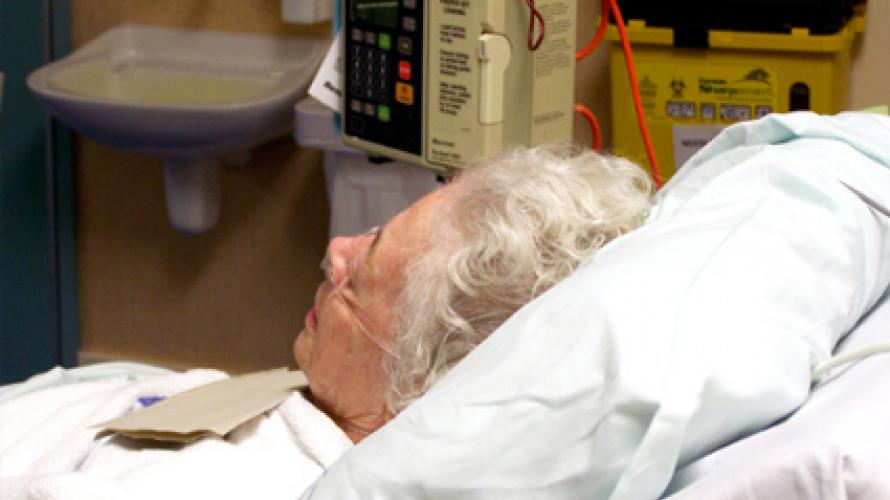
What is the study about?
Traumatic Brain Injury (TBI) is a significant cause of death and long-term disability. Although there has been a decline in the incidence of TBI in the general population, the rate of TBI in older adults has increased. Increased age has long been recognized as a predictor of negative outcomes after TBI. The purpose of this study was to determine whether the high rate of mortality (death) in older adults with TBI 1-5 years after their injury could be attributed to certain medical risk factors.
What did the study find?
There were no differences between the number of deceased subjects and matched controls with respect to the assessed conditions except for “abnormality of gait”. There was a significantly higher proportion of deceased subjects with a diagnosis of “abnormality of gait” as compared to those in the control group. There were no differences between the deceased and their matched controls on the number of medications prescribed at time of admission. However, there was a difference between the number of medications prescribed at discharge. The deceased subjects were discharged with significantly more medications compared to the controls. Additionally, deceased subjects were more likely to be prescribed respiratory medications at admission and discharge compared to the controls. Diabetes medication was also more frequently prescribed at discharge for the deceased subjects. The results show that the comorbid health problems of older adults who survived at least one year post TBI, but who died between one and five years post injury, were not significantly different from those of a matched comparison group of individuals who survived at least five years post injury.
Who participated in the study?
Patients 55 years and older who completed inpatient acute rehabilitation at either Mount Sinai or Elmhurst Hospital in New York City from 2003-2009, and who enrolled in the Traumatic Brain Injury Model Systems (TBI-MS) were included in this study. Patients that died between one and five years post TBI were compared to matched patients who survived at least five years post injury. The sample included 30 deceased subjects and 30 controls matched on age, gender, ethnicity, years of education, and Functional Independent Measure (FIM) score at discharge from inpatient rehabilitation.
How was the study conducted?
Retrospective medical chart review of patients who enrolled in the TBI-MS was used for data collection. In-depth medical record abstraction was completed for the inpatient rehabilitation charts of individuals from both groups. Data included all medical comorbidities listed in the records that were previously identified as important early predictors of early mortality after TBI. Comorbidity refers to one or more coexisting medical condition(s) or disease(s) that is/are additional to an initial diagnosis. The following comorbidities were recorded if the diagnosis was present on admission to, or discharge from, rehabilitation: cardiac disease, hypertension (high blood pressure), hypercholesterolemia (high cholesterol), diabetes, stroke, seizures, dementia, abnormality of gait, cancer, respiratory disorders, endocrine disorders, psychiatric history, and alcohol/drug abuse history. Medications prescribed at time of inpatient admission and discharges were also recorded. Death certificates were used in this study to determine the cause of death and medical comorbidities present at the time of death.
Reference
1 Hirshson, C. I., Gordon, W. A., Singh, A., Ambrose, A., Spielman, L., Dams-O'Connor, K., ... & Dijkers, M. (2013). Mortality of elderly individuals with TBI in the first 5 years following injury. NeuroRehabilitation, 32(2), 225-232.